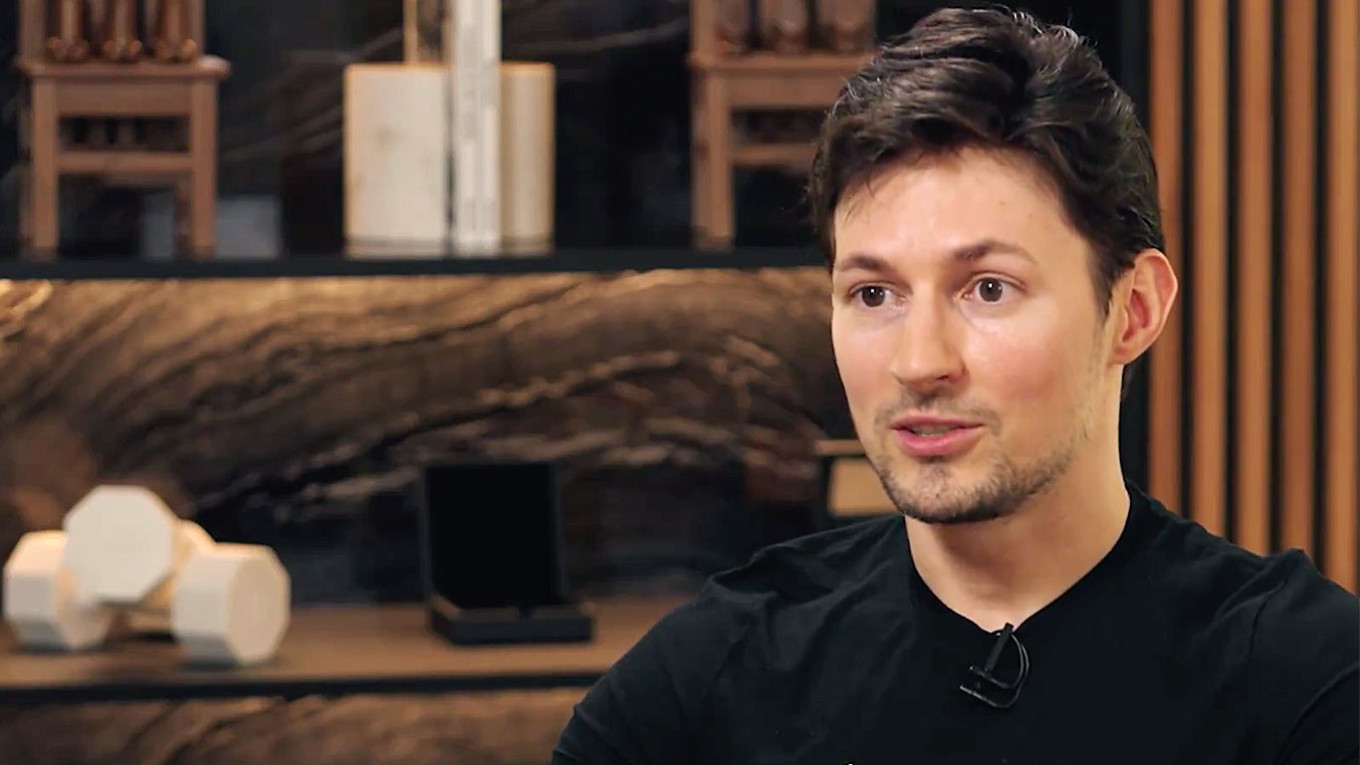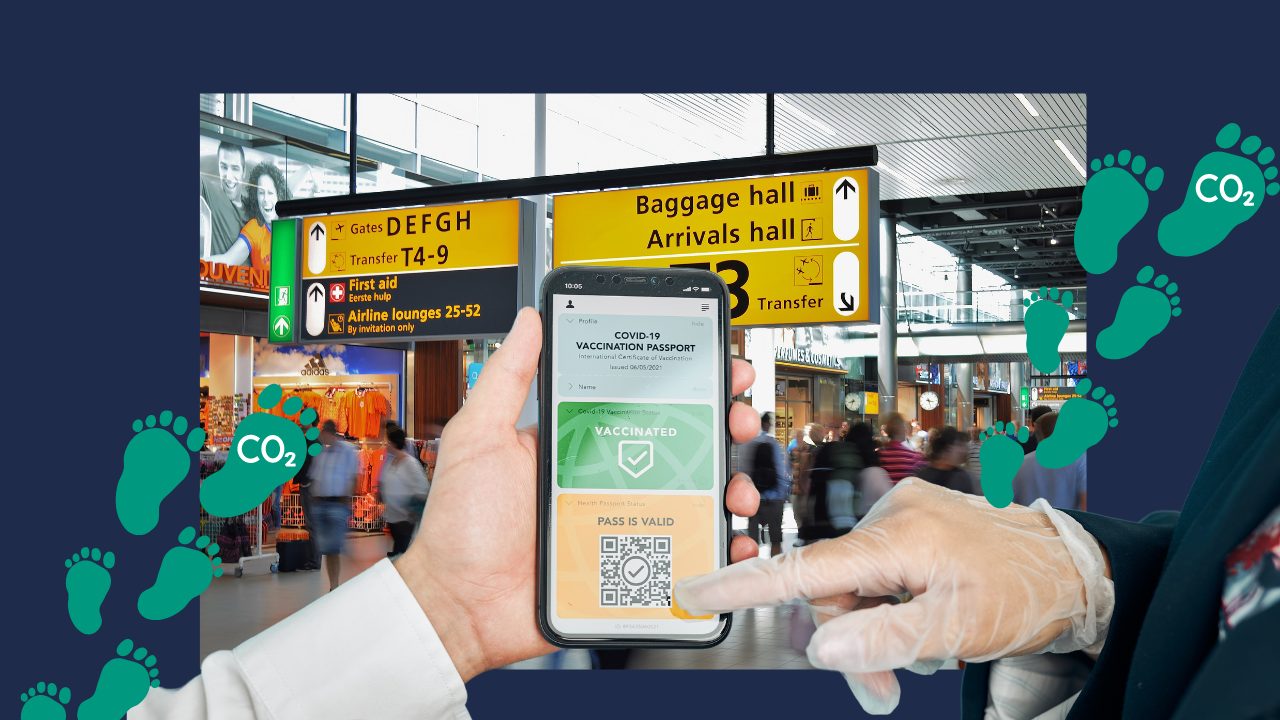User experience (UX) design is the process design teams use to create products that provide meaningful and relevant experiences to users. UX design involves the design of the entire process of acquiring and integrating the product, including aspects of branding, design, usability and function.
Being a member of society inherently exerts influence on others through your mere presence. In the realm of design, influence carries a positive connotation. Design is the craft of nurturing positive influence. It involves the incorporation of affordances, which provide guidance on effective usage. It streamlines user experiences to reduce resistance and facilitate seamless navigation through various actions. There is no inherent flaw in this approach.
One could contend that when a design doesn’t deliberately guide and influence the user, it loses its fundamental purpose. Design principles such as offering guidance, averting errors, and empowering users essentially guide users toward their predefined goals.
This entails a form of stewardship, where we ensure that users’ objectives are achieved, aligning with our business goals, and exercising conscientiousness in our actions. Digital privacy and security should be an integral aspect of every design review and feedback session.
Defining User Experience (UX)
User experience can be defined as the holistic perception that a person has when using a product or service. It’s not just about the user interface or how things look, but how they work and how they make the user feel. UX designers focus on understanding and addressing the needs, desires, and pain points of users to enhance their interaction with a product.
Products that provide a great user experience (e.g., UBER) are thus designed with the product’s consumption or use in mind and the entire process of acquiring, owning and even troubleshooting it. Similarly, UX designers don’t just focus on creating usable products but on other aspects of the user experience, such as pleasure, efficiency and fun. Consequently, there is no single definition of a good user experience. Instead, a good user experience meets a particular user’s needs in the specific context where they use the product.
A UX designer attempts to answer the question: “How can we make the experience of interacting with a computer, a smartphone, a product, or a service as intuitive, smooth and pleasant as possible?”
For example, when using a physical device, such as a computer mouse, we can control some aspects of the product that influence whether the user enjoys looking at, feeling and holding it:
The way it fits in their hand. Is it snug? Is it too big and cumbersome? The weight. Does it affect their ability to move it as they wish. Its ease of use. Can they use it automatically, or do they have to think hard about it to achieve a goal?
When a person uses a digital product, such as a computer application, a few aspects that we can influence include:
• How intuitively they can navigate through the system.
• The cues that help guide them to their goal.
• The visibility of the essential aspects of a task at the appropriate time.
Key Elements of User Experience
Usability: A user’s ability to navigate and use a product easily is critical. A good user experience ensures that users can achieve their goals efficiently without unnecessary obstacles or frustrations.
Accessibility: Accessibility in UX ensures that a product is usable by people with diverse abilities, including those with disabilities. This inclusivity is not only ethical but also expands the potential user base.
Desirability: A product should be not only functional but also appealing. Aesthetic design elements, such as visual design and branding, contribute to making a product desirable.
Credibility: Users need to trust a product or service, so credibility is essential. Providing accurate information, secure transactions, and transparency in design elements can enhance credibility.
Emotional Engagement: A good user experience goes beyond functionality and appeals to users’ emotions. Positive emotions, such as delight, joy, and satisfaction, contribute to creating memorable experiences.
Why User Experience matters?
In user experience, big tech UX designers do have much control over a person’s perceptions and responses—the first part of the definition. For example, they can control how someone feels, moves their fingers or controls their eyes as they use a product, is a challenge but possible according with the amount of money big tech companies have been investing in their departments of social research and behavior.
But, yeah normal designers can control only how the product, system or service behaves and looks—the second part of the definition.
The connection between data collection and user experience is undeniably profound. Data collection provides invaluable insights into user behavior, preferences, and pain points. By meticulously gathering and analyzing user data, designers and product developers can make informed decisions to enhance the user experience.
With the rise of neuromarketing, increased biometrics availability in devices and normalization of data mining users’ behaviours, the tools for manipulation had become more advanced and potentially more dangerous.
This data-driven approach enables the creation of tailored, user-centric solutions that meet the specific needs and expectations of the target audience. Whether it’s optimizing a website’s navigation, refining a mobile app’s features, or personalizing content recommendations, data collection fuels the iterative process of improvement that ultimately leads to a more satisfying and seamless user experience. In essence, data collection serves as the compass guiding the journey toward the design and delivery of products and services that truly resonate with users but that is ideal, not really many times the case.
One example of how user experience can affect our data is Meetup.com, members where saying that the company manipulate community leaders by holding community ownership way from them. Because the only way to communicate with the members of the community they created is by using the message options meetup offers; it does not allow them to reach the members directly by email nor importing that information. So if you need to switch to a similar service, you cannot move your community; you need to start from scratch.
Some type of design are actively trying to distract, hide information or manipulate data, so users are intentionally tricked into perceiving a distorted reality. Utilizing user journeys can prove invaluable in pinpointing critical moments where accurate information must be presented and in identifying the origins of any deceptive practices.
Conclusion
User experience is a crucial aspect of design and product development. It has a significant impact on customer satisfaction, loyalty, and the success of a product or service. By prioritizing usability, accessibility, desirability, credibility, and emotional engagement, and by regularly seeking user feedback, you can create a great user experience that sets your product apart and leads to long-term success.
Companies can no longer hide behind Product Owners’ decisions, marketing briefings, or technical specs to offset our obligations towards the user’s well-being and the ethical implications of their actions of data collection and privacy.
If somebody gave the order to shoot and pulled the trigger, you are still responsible for the bullet.
Ethical Design will take a central place in the discussions of the role technology has on preserving (or eroding) human rights, radicalized social dynamics, and redefining personal locus of control over the user’s privacy. As a community, we need to be ready and actively promote those difficult conversations.












